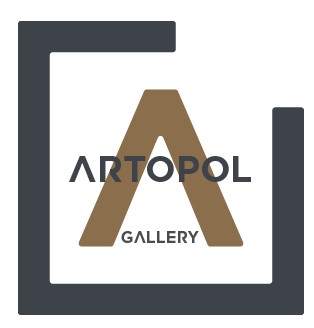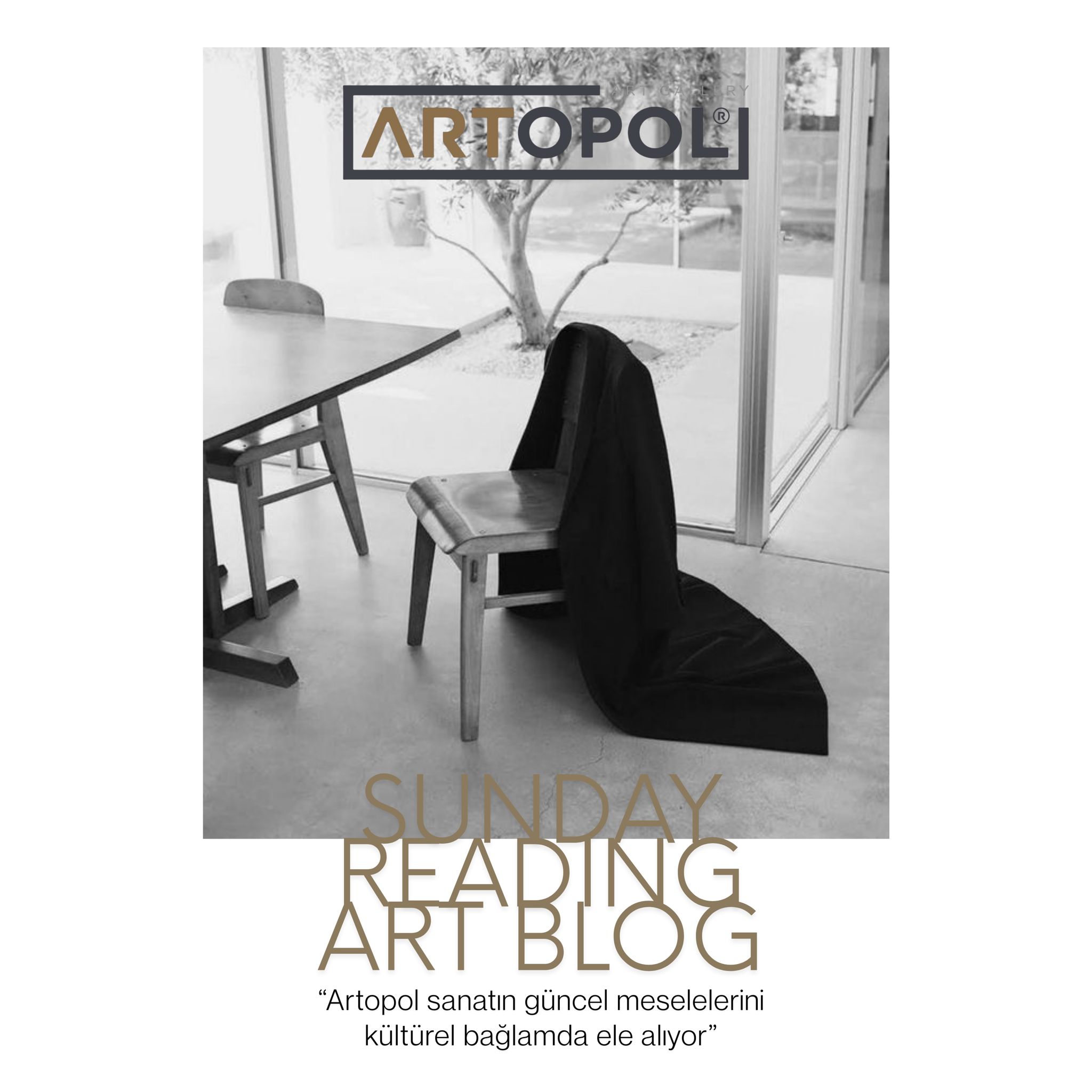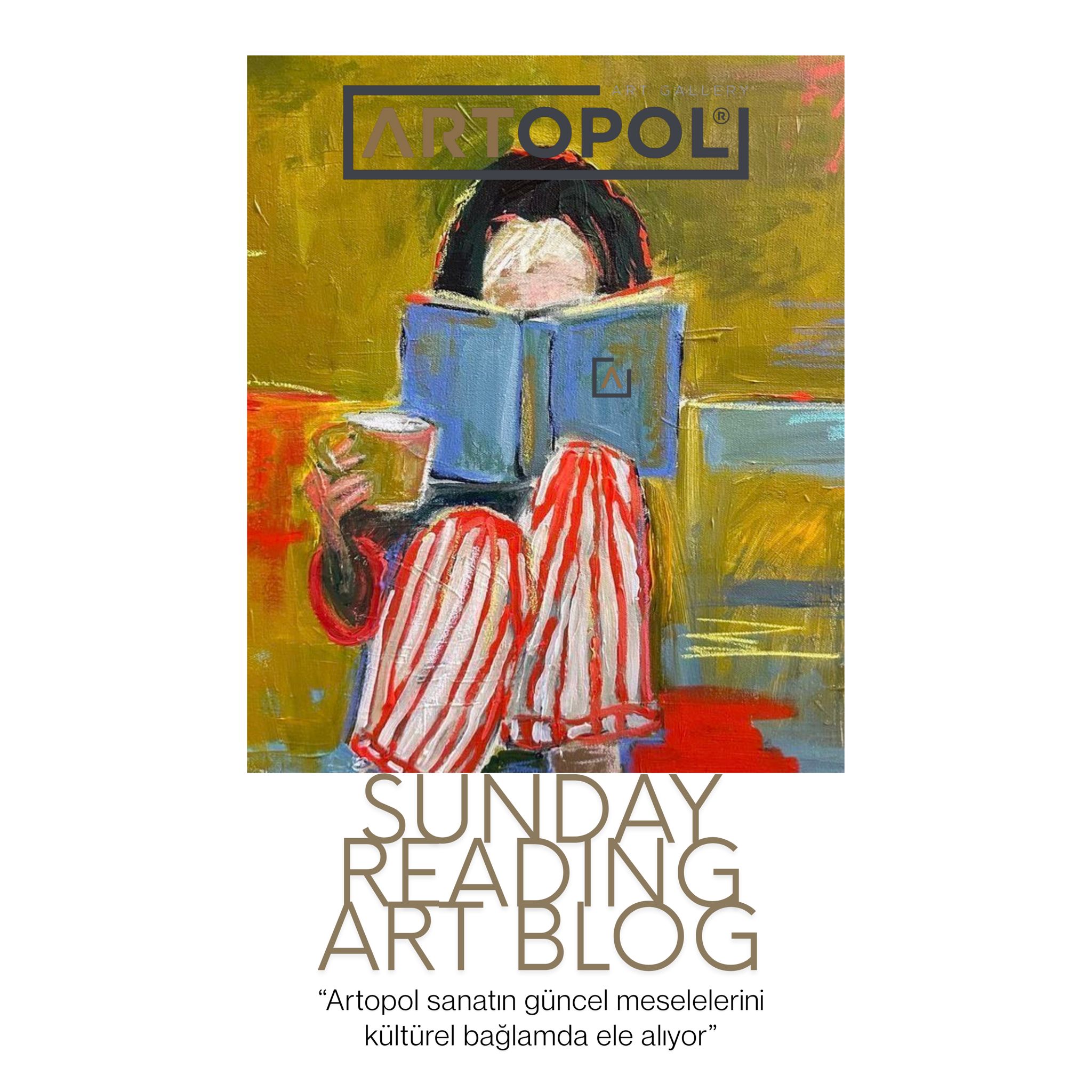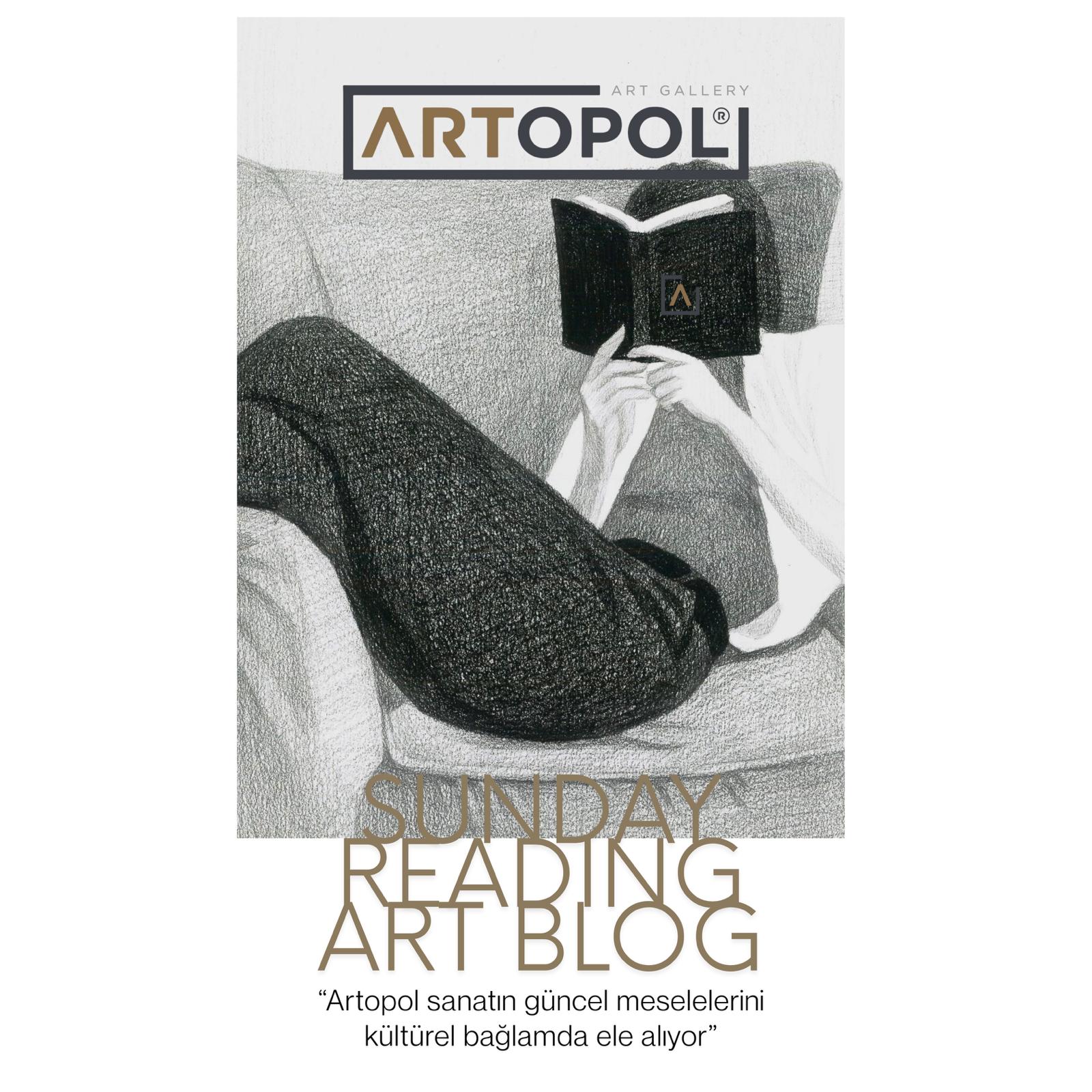Oil painting is one of the most frequently used techniques in the art of painting. The paint used in this technique is a mixture of special plant oils and liquids. Oil paint, which is a high-quality medium, contains pigments, turpentine, oils, and binders. Over the years, through experimentation and experience, the quality of oil paint has steadily improved and it has secured its place in contemporary art. Before delving into the history and technique of oil painting, let's highlight some of its beneficial aspects.
Oil paint is highly effective at covering other colors. One of its most important features is that layers applied on top will cover the underlying color, whether it is light or dark. This characteristic also allows for corrections at any stage of the painting process.
Due to its thick and paste-like consistency, oil paint is very flexible. This consistency also prevents it from shrinking when it dries.
Since it is made with oil-based paints, drying takes longer. It can be thinned with turpentine. Similarly, brushes can be cleaned using chemicals such as turpentine or thinner.
Oil painting offers many advantages. It is especially easy to correct mistakes. The ability to layer paints, use brushes or palette knives, and adjust paint thickness with oil or thinners are among its main benefits.
One of the most important features of oil painting is that a wide range of colors resulting from the refraction of light can be easily created by mixing only three primary colors: red, yellow, and blue.
The History of Oil Painting Technique
The origins of oil painting date back to the 15th century. Initially, oil paint had a very different composition and technique, but it has evolved over time and continues to acquire new refinements. The enduring popularity of this technique among hundreds of artists over centuries is largely due to its quality. Now, let's discuss the history of oil painting and the artists who developed and perfected it.
Jan van Eyck
Although Jan van Eyck is often credited as the first person to use oil paint, recent discoveries suggest that the foundations of the technique are older. While Eyck was not the first to use it, he is recognized as the first to perfect it.
When Eyck was appointed as a court painter, he observed that paints were cracking and sought a solution. According to him, the medium should be an oil and capable of drying in the shade. After extensive experimentation, he discovered the optimal oil mixture. The first oil paint, made from a combination of linseed oil and white Bruges varnish, forms the basis of modern oil paints. This mixture produces a paint that is adjustable in thickness, effective at covering, and slow-drying.
Eyck transformed his new oil paint into a technique. He not only produced it but also used it to perfection. One of his works from centuries ago has survived to this day and, according to the artist, is his best piece, which he inscribed in Latin at the bottom. The work carefully captures the movement of light on objects and the harmony of colors, making it highly valuable and unique.
Leonardo Da Vinci
Leonardo Da Vinci, an Italian polymath, was interested in architecture, music, hydraulics, geology, botany, anatomy, and painting. He brought revolutionary innovations to the oil painting technique. His works convey the presence of air and cause the background to fade away. He avoided harsh outlines, instead softening and blending them. Where shadow and light meet, colors appear as a cloud of smoke rather than a line. This technique, known as Sfumato, is still in use today, leaving behind magnificent works.
Picasso
Picasso was an artist of the 20th century known for numerous innovations and a distinctive style. His works, created with artistic intuition rather than strict rules, often appear complex at first glance, featuring corrections and overlapping colors. Despite this, they contain deep pictorial power, which continues to captivate art lovers.
Materials Used in Oil Painting
Canvas
The surface on which an oil painting is created is called a canvas. It is first primed with a base paint to ensure the artwork's durability and longevity. The priming surface should be made from materials suitable for oil painting, such as duralite, fabric, plywood, or cardboard.
Easel
Just as we need flat surfaces for writing, creating oil paintings requires a flat surface suitable for drawing. Easels, generally in freestanding models, are essential for oil painting.
Brush
The brush is the main tool that spreads colors and showcases the artist’s skill. While color quality and harmony matter, it is ultimately the artist who distributes them. A common saying about highly skilled artists is that "their brush is strong."
The type and use of brushes vary depending on the artwork. Brushes come in many forms such as background brushes, fan brushes, round brushes, palette knives, and bristle brushes. Choosing the right brush is crucial for creating effective works.
Oil Painting Kit
This is the equipment used to store oil painting materials.
Oil Paint
The two fundamental elements of a good artwork are the artist's talent and the quality of the paint. The selection of paint types and colors is made by the artist.
Painting Oil
Painting oil is used in oil painting to achieve more vibrant tones.
Turpentine
When preparing oil paint, it is important to adjust its consistency. Adding the correct amount of oil and turpentine achieves this. Turpentine thins the oil paint, and odorless versions are preferable.
Palette
Palettes, often made from walnut or lemonwood, have a perforated design that allows colors to be arranged separately, easily viewed, and mixed.
Varnish
Preserving oil paintings is very important. Works created today may be discussed even centuries later. To protect these works, a layer of varnish is applied.
Types of Oil Paints According to Their Features
There are many types of oil paint, which vary according to usage. Some of these are:
- Student-Grade Oil Paints
- Studio (Professional) Oil Paints
- Artist Oil Paints
- Special Paints for Asthma Patients
Oil paints are produced in tubes ranging from 37 ml to 500 ml. Mass-produced oil paints include information on the ingredients and characteristics on their packaging. Depending on the composition, pigment drying time, lightfastness, opacity, or transparency may vary.



